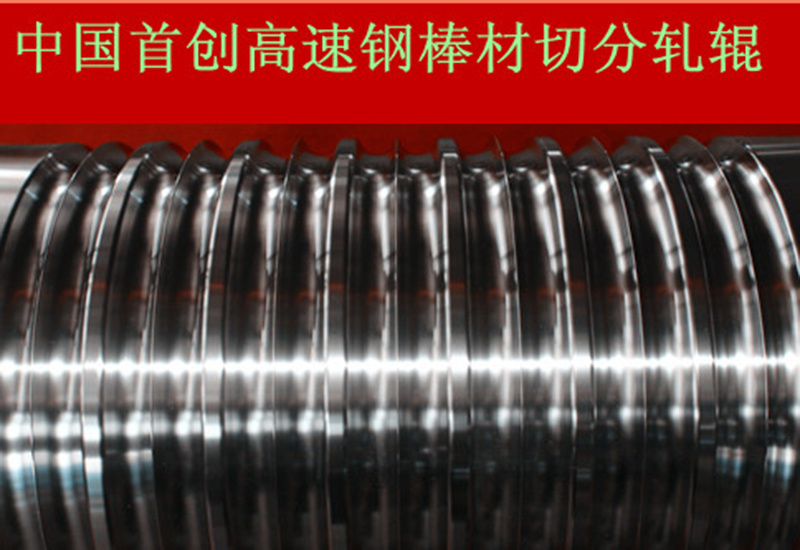
25
2022
-
07
Development history of roll materials and heat treatment processes
Roll The service life of a roll mainly depends on its internal performance and working stress. Internal performance includes strength and hardness. To ensure sufficient strength, the material of the roll should be carefully considered. Hardness usually refers to the hardness of the working surface of the roll, which determines the wear resistance of the roll and, to some extent, its service life. Reasonable material selection and heat treatment can meet the hardness requirements of the roll. Below, we will explore the development of roll materials and heat treatment processes.

Many people don't know that cold rolls are subjected to high rolling pressure during operation. Welding seams, inclusions, and edge cracks in the workpiece can easily lead to instantaneous high temperatures, causing the working roll to crack, stick, or even peel off and be scrapped due to severe thermal shock. Therefore, cold rolls should have the ability to resist cracking and peeling caused by bending, torsion, and shear stress, and should also have high wear resistance, contact fatigue strength, fracture toughness, and thermal shock resistance.
Therefore, from the late 1970s to the mid-1980s, research at home and abroad began to use deep-hardened cold working rolls with a chromium content of 3% to 5%. However, these steels are high-carbon, high-alloy materials with good hardness and wear resistance, but the quenched surface of the roll is highly brittle, resulting in short contact fatigue life and unstable quality. In order to improve the depth of the hardened layer and contact fatigue life, reduce the brittleness and overheating sensitivity of the hardened layer, and meet the further requirements of the workpiece for the mechanical and service performance of cold working rolls, from the mid-to-late 1980s, foreign Roll manufacturers optimized the chemical composition of 5% Cr cold roll steel, mainly by adding molybdenum and vanadium or titanium and nickel to the 5% Cr steel. In 5% Cr steel rolls with about 0.1% titanium added, the titanium is finely precipitated in the matrix in the form of TiCN. After frictional loss, the TiCN peels off, and scratches are formed on the roll surface, thereby regenerating a moderate roughness. In the actual operation of tinplate rolling mills, the advantages of low roughness reduction are effectively utilized, and high-speed rolling can be achieved from the initial stage of rolling.
Looking to the future, the development direction of cold rolls will be to further improve strength, hardness, and hardened layer depth while ensuring a certain toughness. Large cold working rolls generally use improved 5% Cr steel containing vanadium, molybdenum, and nickel. To improve the hardenability of the material, the Cr content will be further increased. For example, Cr 8% to 10% and higher forged steel has been used in actual production, but increasing the Cr content will lead to poor toughness. Therefore, it is necessary to properly balance the content of C and Cr and quench at a lower temperature to obtain the required hardness of the cold roll, thereby reducing roll breakage and its fracture sensitivity. In addition, with the further improvement of forging manufacturing technology, high-chromium steel working rolls will be more widely used in large-scale continuous cold rolling mills. 5% Cr and its vanadium-modified steel are widely used in large-scale supporting roll forgings, and high-chromium content large forged supporting rolls have entered the practical stage.
In summary, reasonable material selection and appropriate heat treatment can save a large amount of Roll materials, reduce rolling production costs, and improve roll quality and output.
Roll
Previous Page
Previous Page
Innovation-driven, win-win cooperation
2025-06-17
